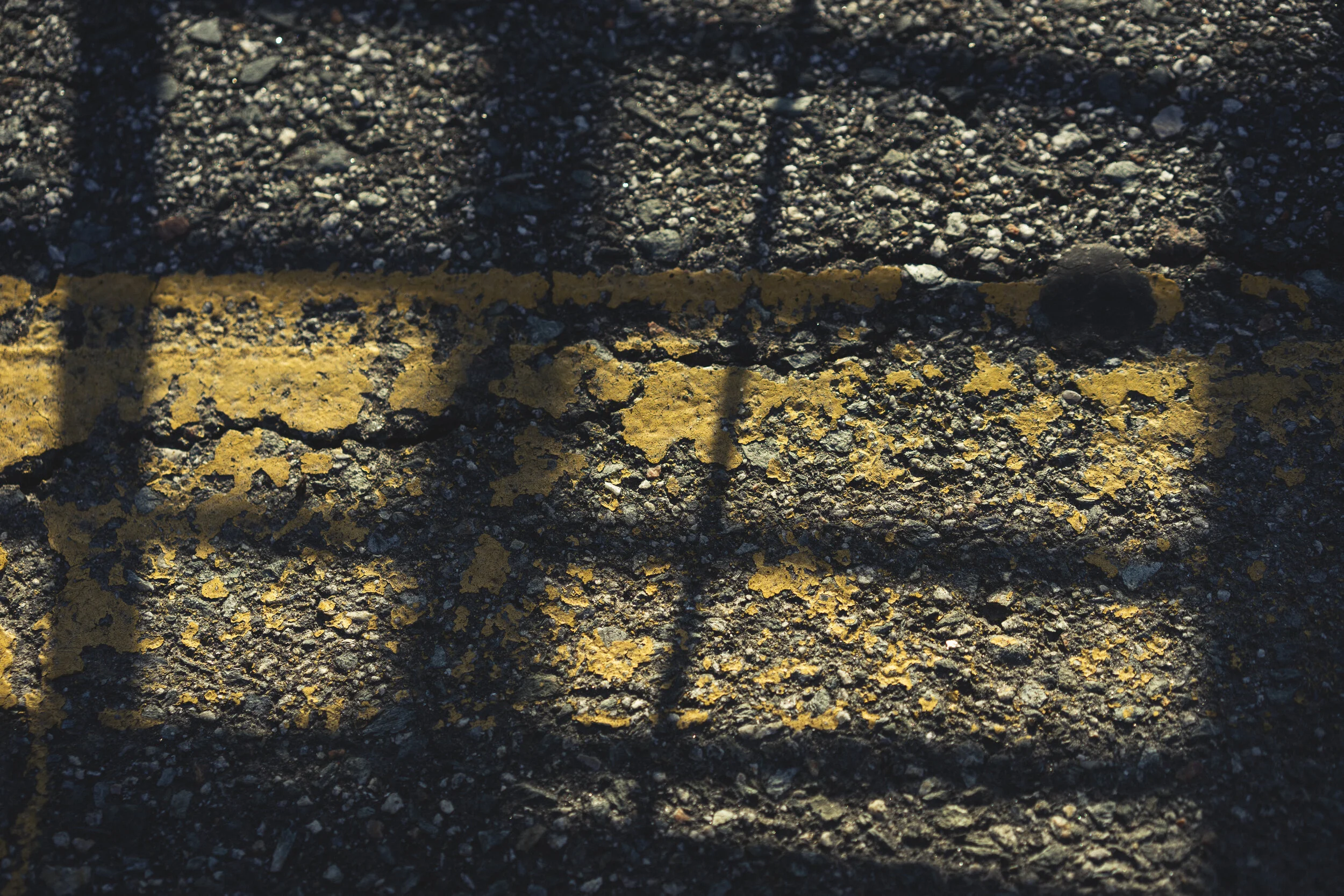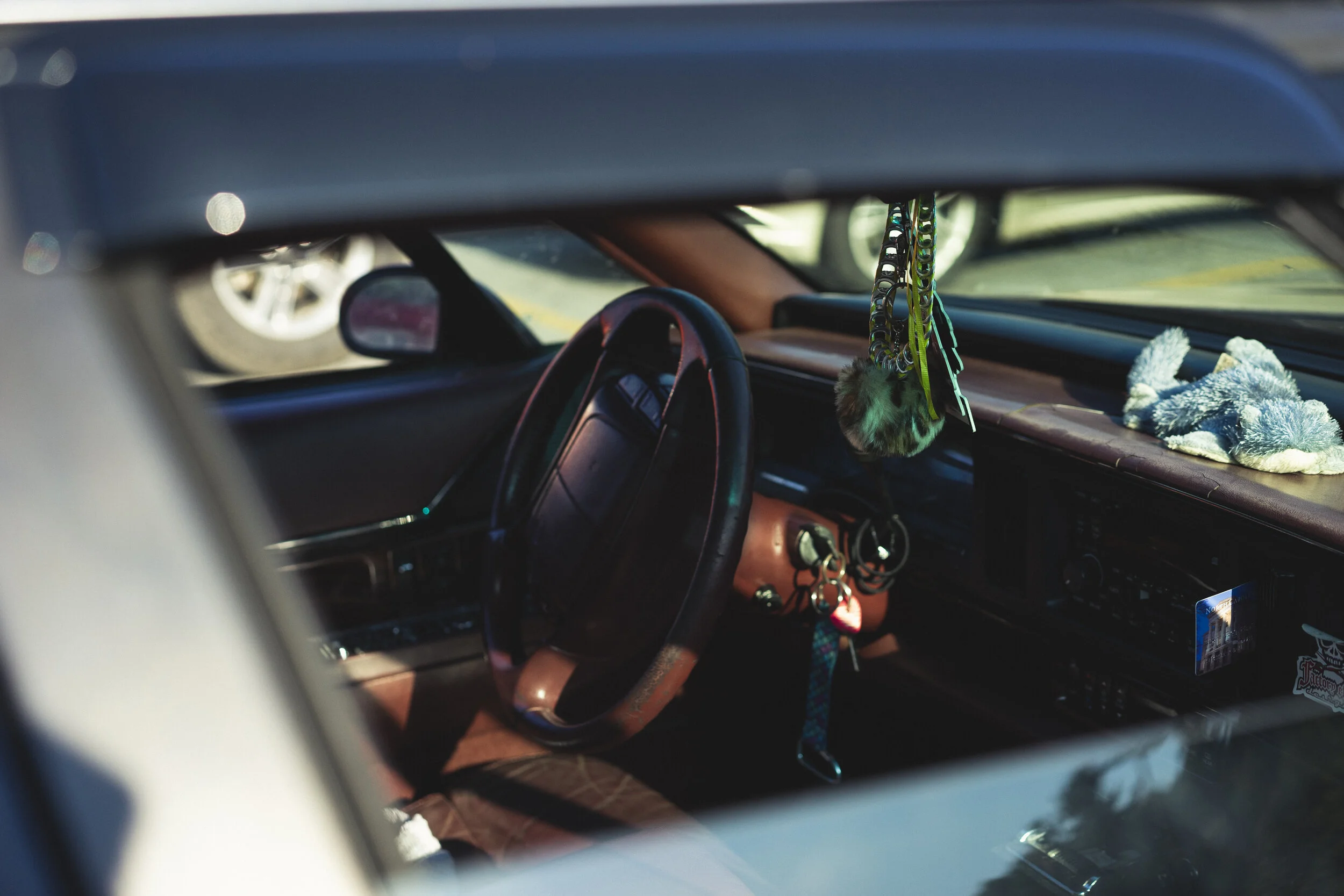Learning how to Settle In
Over recent months I have begun to explore the parking lot and nearby regions of our local Walmart in Boone. The area of choice is certainly part of my local district and within the realm of what anthropologist Kathleen Stewart calls “Regionality” (Stewart 275). I came into this place with a number of thoughts and questions about what the landscape could look like, what kinds of interactions occur within its boundaries, and how small narratives are capable of creating worlds of their own, specifically through images. From my first visit, I have had a lot of time to think about the intended direction of such a project, as well as Stewart’s ideas of regionality and one's ability to become attuned within a particular place. This kind of thinking has continually lead me to think about the relationship I have with such a landscape.
These moments of observation have opened up smaller and smaller worlds within a place that I took for granted as having one surface with subjects of interest coming in and going out. This is to say that I began to think about how (our) bodies attach themselves to the kinds of noises, lights, and spaces that make up the regions we become attuned to (Stewart 284).
I started to think more about how I could frame the images in order to combine subjects and objects in a way that allowed them to work together on the same plane. Susan Santag wrote about the discourse of beauty in photography, pointing to Steichen’s image of the milk bottle as a means to show beauty through the subject’s plain, tawdry, or vapid affect (Sontag 28).
“Minima aesthetica” (Stewart 282) takes notice of the ordinary aesthetic of people and place, showing the slightest tweaks of the world that dictate the regionality of a particular place. From the first two images are the details of a place, the first an extreme close up and the second wide enough to scale the sky above, but both serve the purpose of the minima aesthetica. The cracks in the cement contain the residue of Boone from the parking lots’ creation, and the power line stands at an angle only known by such a vantage point.
Stewart talks a lot about the rhythm of attunement, becoming part of it and at the same time reinforcing this kind of “self-world relationship” (Stewart 278). The next few images are observations of rhythmic movements through an entirely functional landscape.
During these last trips to the parking lot, I thought about what would allow me to settle in, take observations without feeling out of place. I spent a lot of time sitting on curbs at every intersection and endpoint of the lot, and the longer I sat, the more snippets of conversations I heard and the more I learned what people cared about in that moment. I found a hard line between efficiency and leisure, as almost everyone used the supermarket for its purposes of getting in and out with consumer goods, but occasionally there were those who had time.
Just like the cart worker from my first series, a few of the people I met during my next visits were around the lot for other reasons. I think I got a glimpse of what regionality looks like in a particular place, or maybe just the margin of a world I didn’t know much about. What opened up from here were more details of a landscape with it’s own qualities and affects, but in the ordinary is seen by means of its machinic potential (Stewart 279).












